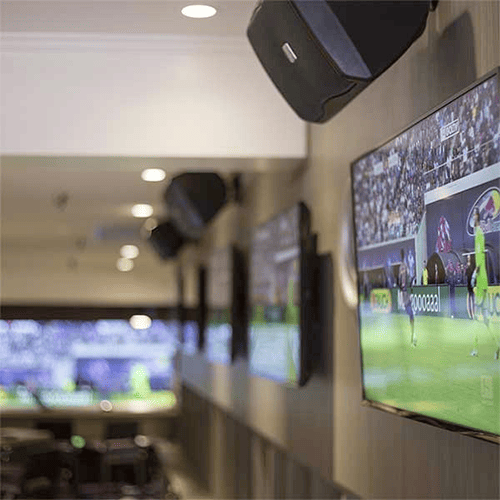Arranging speakers in large locations is essential for guaranteeing superior sound quality and engaging the spectators efficiently. The arrangement of speakers can greatly influence how audio propagates throughout the area. When organizing an event, it is important to take into account the location's size, shape, and sound characteristics. Each of these elements plays a vital role in how audio is dispersed and experienced by the spectators. By comprehending these elements, occasion organizers can develop an optimal setup that enhances the complete experience for all participating.

One important factor to take into account is the type of loudspeakers being utilized. Various speakers have distinct characteristics that impact audio quality. For example, array line speakers are often preferred in spacious venues because they can project sound over extended distances while maintaining fidelity. These speakers are engineered to function together, allowing sound to reach every area of the room evenly. Additionally, bass speakers can be tactically positioned to boost low-frequency response, making the sound encounter more immersive. Selecting the appropriate combination of loudspeakers is crucial for achieving the optimal audio quality.
Another important factor is the arrangement of the loudspeakers. The positioning should be based on the audience's configuration and the location's acoustics. For instance, loudspeakers should be positioned at an suitable elevation and angle to ensure that sound waves hit the spectators without deformation. It is also crucial to avoid placing speakers too close to walls or corners, as this can create undesired echoes and reduce audio quality. A well-thought-out setup can assist minimize sound problems and foster a more enjoyable auditory encounter.
In addition to loudspeaker arrangement, audio testing is a vital step in the procedure. Before the event begins, performing audio checks allows organizers to detect any potential issues and make necessary adjustments. This checking should encompass monitoring for reverberation, adjusting volume intensities, and confirming that all loudspeakers are functioning correctly. By investing the time to test the sound setup, occasion organizers can ensure that the audio quality satisfies the spectators' requirements and enhances their engagement with the event.
Ultimately, spectator engagement can be further enhanced by considering the complete design of the location. Factors such as seating, illumination, and platform design can all impact how the spectators interacts with the speakers. For example, a brightly illuminated stage can capture focus to the speaker, audio system for restaurants while cozy chairs can maintain the spectators attentive and alert. By creating an welcoming environment, planners can encourage a connection between the speakers and the spectators, resulting to a more unforgettable and impactful occasion. In conclusion, careful planning and consideration of sound quality and spectator engagement are crucial for effective events in spacious venues.
Comments on “Ideal Strategies for Positioning Sound Systems to Maximize Audio Quality and Attendee Involvement in Large Locations”